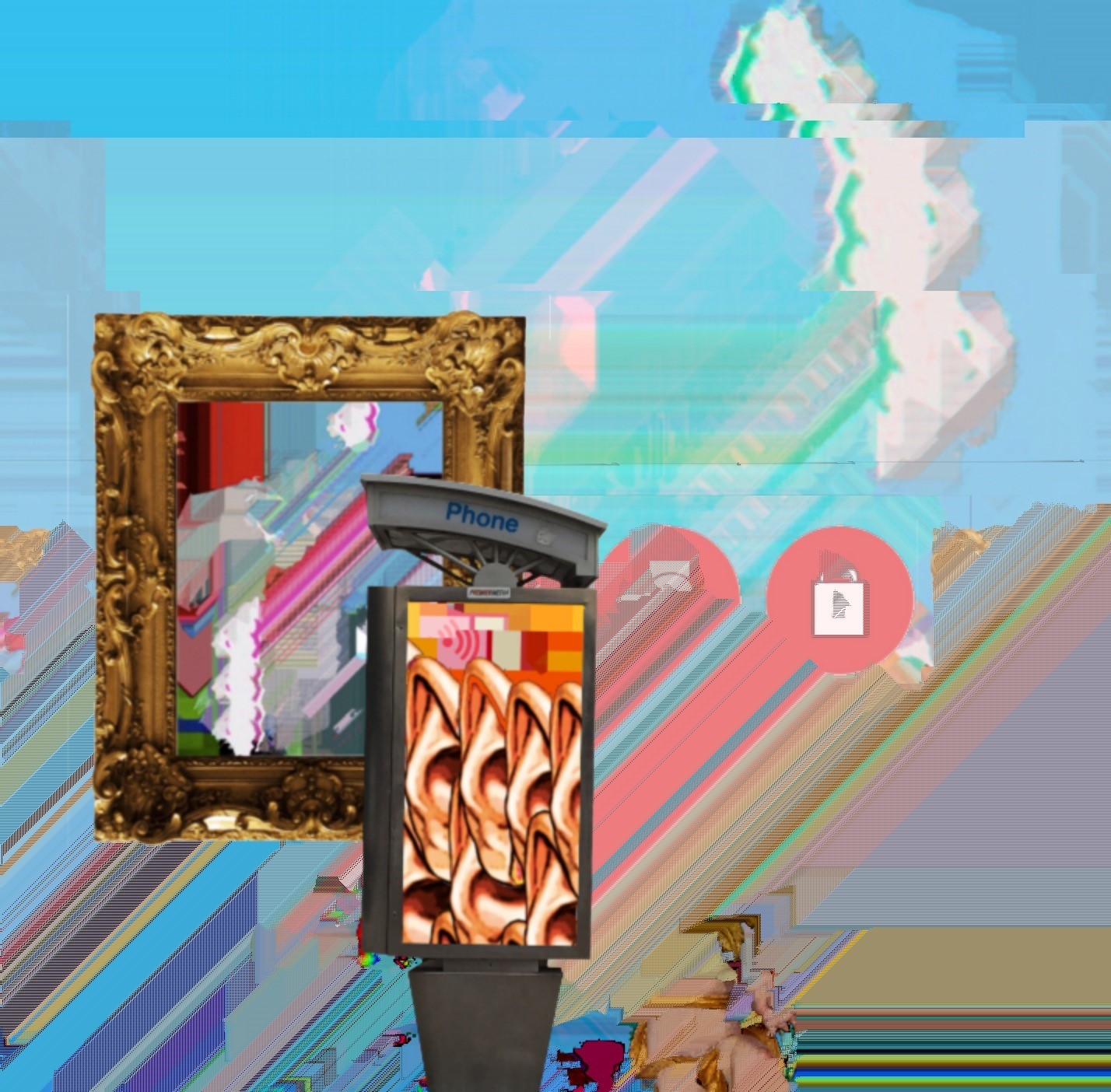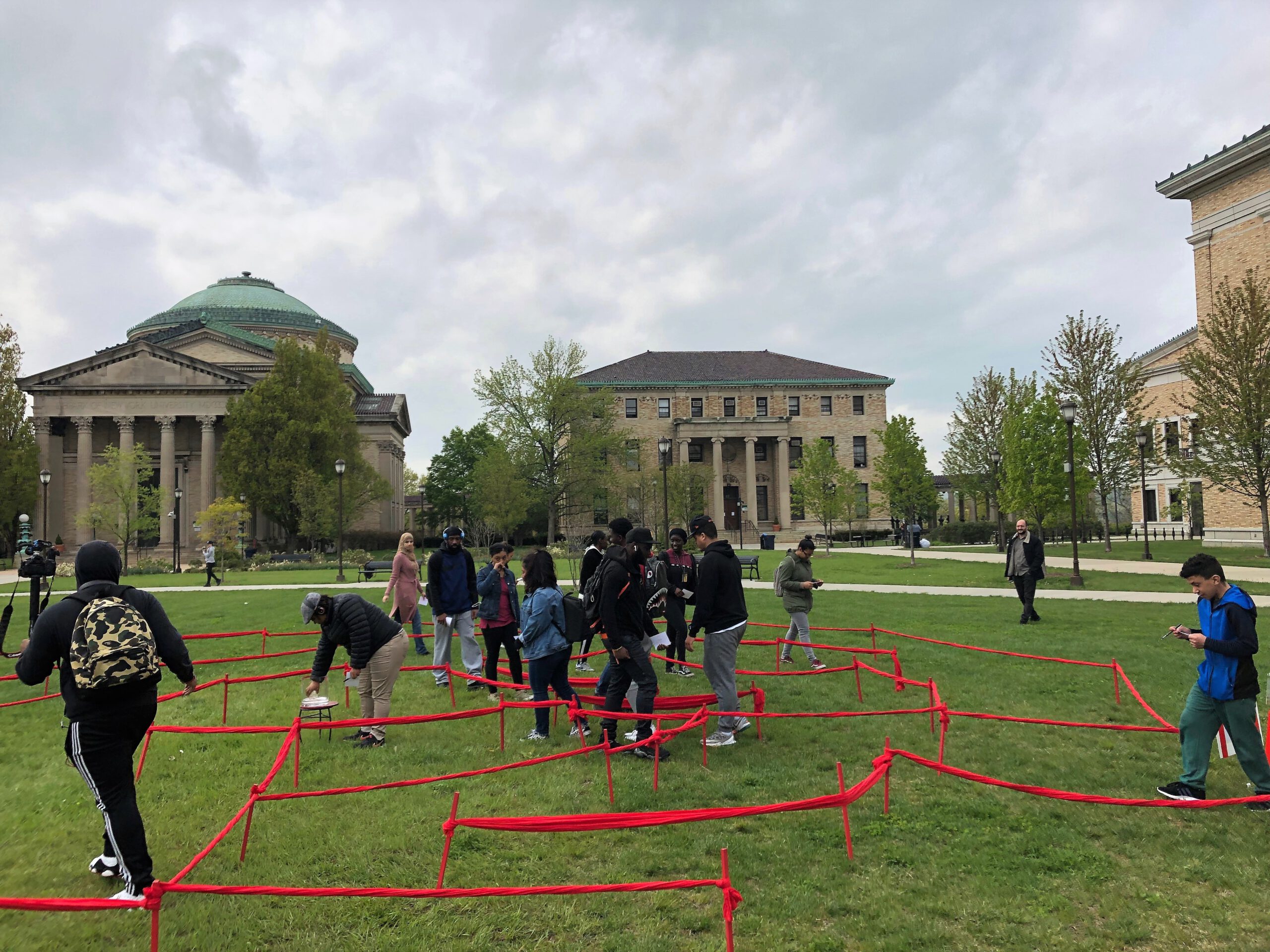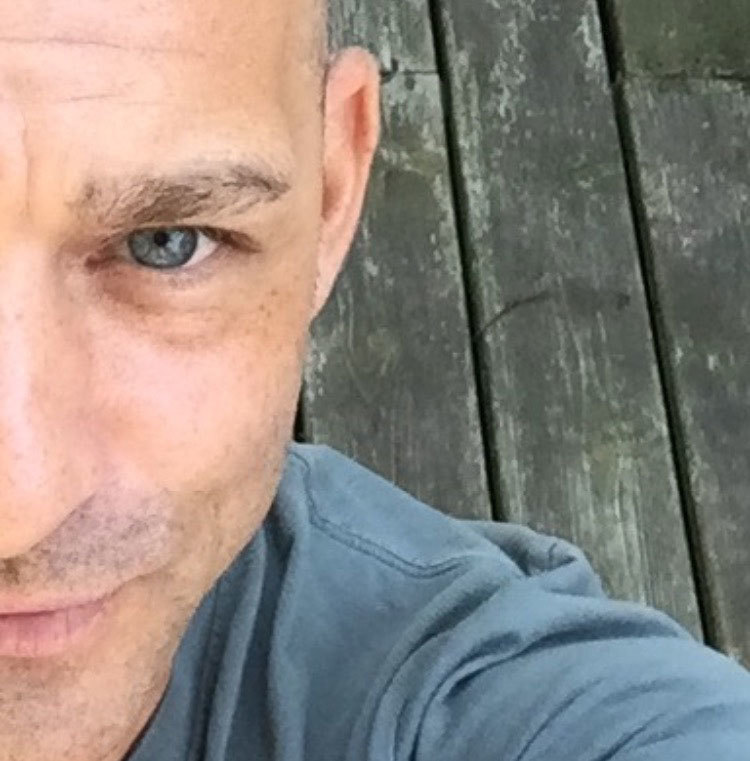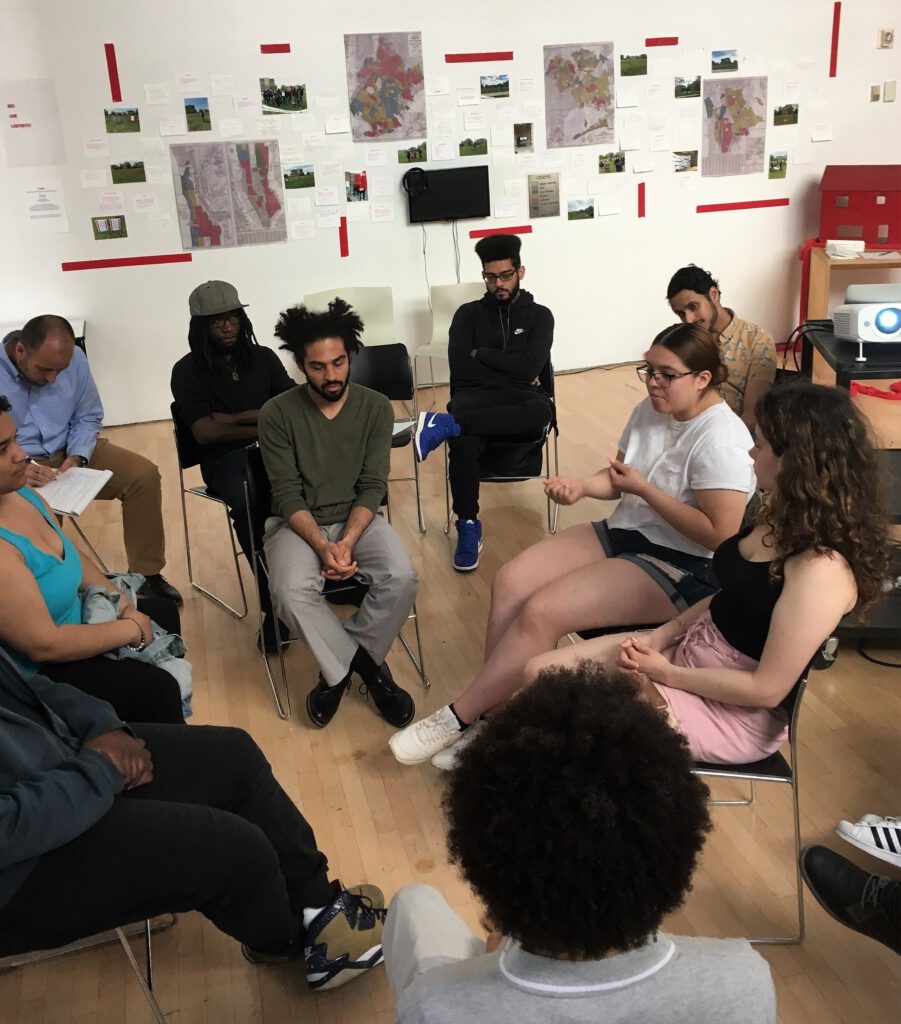Linguistic Landscapes: Unpacking Language Hierarchies

This course is an introduction to the nature and structure of language, which surveys the scientific study of language and answers the question of what it means to “know” a language.
For the purpose of this project, we will stress how our languages and language practices influence the way we interact with people and how language(s) relates to our role in society. Considering the symbolic construction of the public sphere in NYC, we will explore and examine the linguistic landscape of Jackson Heights, in Queens. This approximation aims to explore the linguistic diversity of the area in context: from a visual/written perspective (public road signs, advertising billboards, street names, place names, commercial shop signs, among other public signs) as well as from a speaking/aural one (interviews, music, background conversations).
Following a digital storytelling methodology, students will discover and learn about the linguistic diversity in Jackson Heights and how languages shape this public sphere. This project will allow students to investigate different forms and shapes of literacy and to analyze the multilingual and multiliterate sociolinguistic ecology of the neighborhood. Based on our readings, discussions and inquiry, we hope to find an analysis of language ideologies that brings to the surface (or precipitates the understanding of.. ) the power relations between individuals/groups/communities, and to identify identity makers of different communities.
The final project has the potential to have a temporary physical exhibition as well as·a permanent online presence.
Co-sponsored by the James Gallery, the Teaching and Learning and Center, and the CUNY Humanities Alliance.
Participants
Related Events
***openingReception***
Pressing Public Issues Presentations and Exhibition Launch


